How can a cold be treated successfully?
A Rhinitis can occur as a Symptom of a disease or as a distinct disease. Characterised by an inflammation of the nasal mucosa with impaired nasal breathing, sneeze, and watery to mucoid secretions. There are acute and chronic forms of infectious and non-infectious causes.
Table of contents
Quick help in case of acute colds
Without any further complaints or complications for a verschnupfte nose can be a nuisance, but will generally require no medical help. Many home remedy against the common cold have been proven to alleviate the discomfort. Hot Steam inhalations with additions of chamomile, sage, or thyme, as well as nasal irrigation with saline or emser salt. In General, should be drunk during the disease, much as, for example, herbal teas with chamomile or elderberry. Fresh air with high humidity and a lot of sleep, strengthening the immune system. More information in the Video:
Runny nose – a brief Overview
A runny nose is one of the most common Complaints worldwide. In addition to infections with viruses, bacteria and even allergies can be the cause. Due to the variety of causative pathogens, it is not unusual that people get sick multiple times within a year at a Rhinitis. Children are affected more frequently than adults. An adult suffers more than four times within a year to a nasal catarrh, or to keep the complaints for longer than three months, so it may be a chronic course. Here is a brief Overview of the symptoms:
- Definition: Mostly caused by viruses infectious disease of the nasal mucosa is inflamed. The body reacts with an increased production of nasal secretions.
- Synonyms: Rhinitis, Nasal Catarrh, Catarrh, Koryza.
- Forms: It can be an acute, chronic, allergic or vasomotor Form.
- Symptoms: secretion of aqueous to viscous mucus, running Nose, Wundgefühl in the nose and throat, nasal mucous membranes swell, the nose breathing is restricted.
- Concomitant diseases: During an infection, there is an increased risk of additional bacterial infections of the sinus, middle ear, bronchi, trachea or larynx.
- Therapy for acute runny nose: Decongestant nasal sprays (maximum one week), inhalations, strengthening the immune system, plenty of fluid intake, in severe bacterial additional infections can an antibiotic be needed.
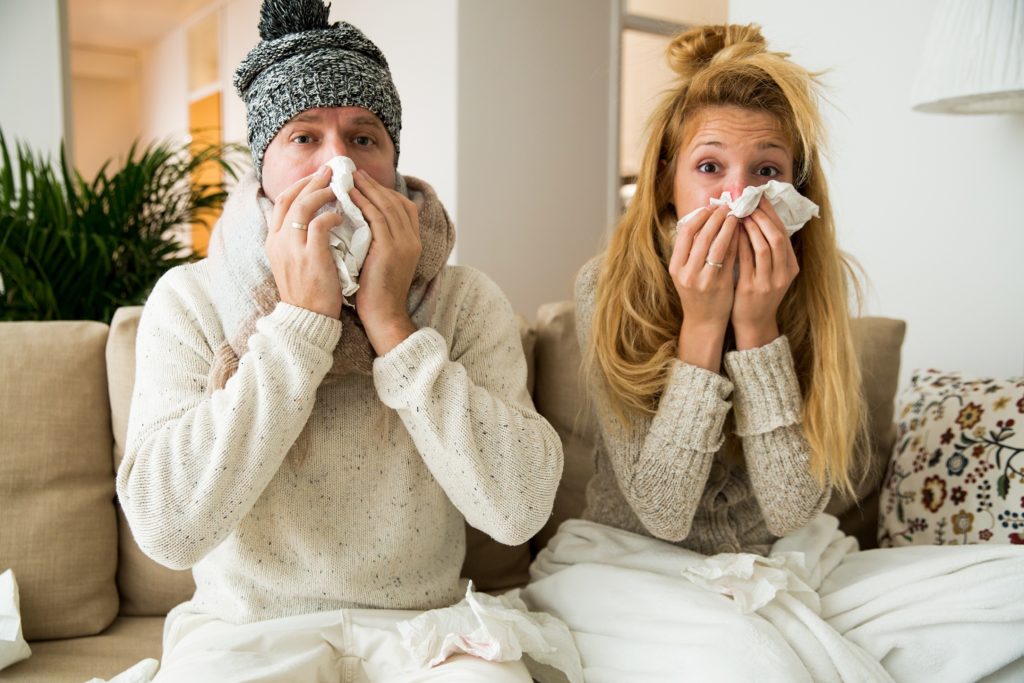
Rhinitis – Definition
When cold it is in most of the cases of viral germs caused infectious disease with inflammation of the nasal mucosa as a presenting Symptom. Medically, the disease is also referred to as Rhinitis, or nasal catarrh. As an independent disease or as a Symptom of flu-like infections and colds, he is one of the most common infections worldwide.
At-risk groups
People with weak immune systems get sick more frequently in acute Rhinitis, as can’t fight your body as effective against the virus. Also, people in a closed group like in the Kindergarten, school or in an office are exposed to a higher risk of developing the disease, once a member of the group is infected, because the virus in droplets and smear infection from spreading. In particular, the Sneezing of a sick Person sets free a large virus-containing droplets of a cloud (Aerosol), which can infect other people.
The various cold-forms
It can be distinguished in medicine mainly four cold forms, all on different causes. These include the acute, chronic, allergic and vasomotor Form. The individual forms will be explained in more detail. To forms In contrast to these clearly defined Disease are able to run it to a constant the Nose, not in the common schemes to classify.
Acute Rhinitis
The acute Form is most often of infectious origin, almost always due to the Infiltration of viruses. The typical symptoms are accompanied, as a rule, of General symptoms of a cold such as cough, sore throat, swallowing problems, and possibly fever. The increased secretion of the nasal secretion is an attempt by the body, germs and toxins auszuleiten, and are therefore to be regarded rather as a healing process because as a disease. Currently, more than 200 different viruses are known, which can cause Rhinitis. This represents a major hurdle for the development of effective drugs and vaccines. The following virus groups are the most common triggers:
- Rhino virus,
- Corona virus,
- Myxoviren,
- Paramyxoviruses,
- Echo virus
- Coxsackie viruses,
- Para-influenza viruses.
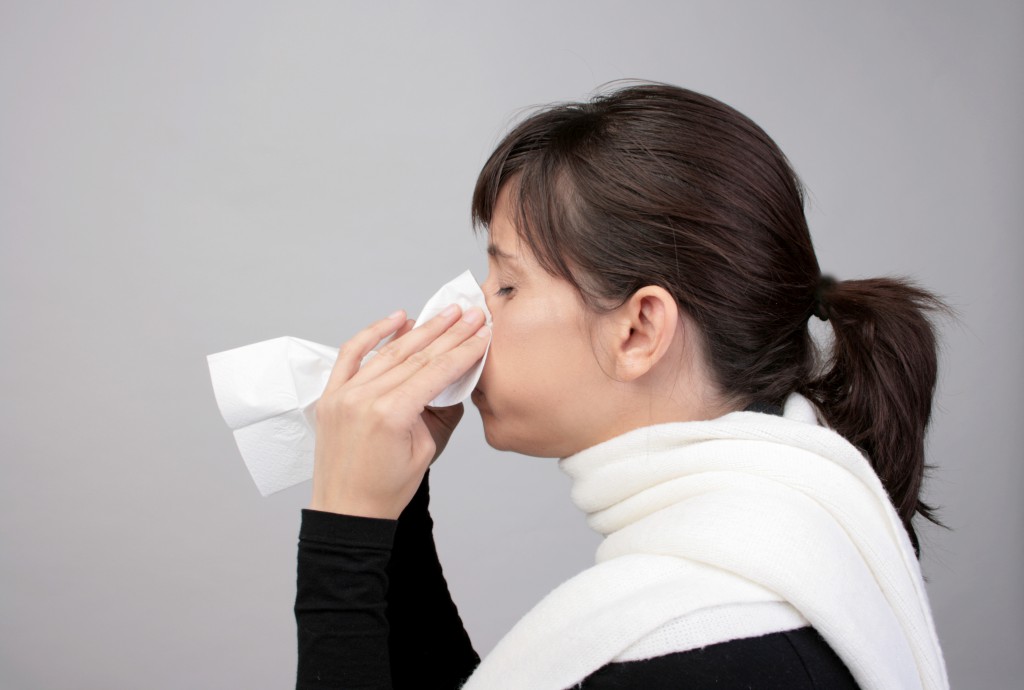
Chronic Cold
A chronic infectious nasal catarrh occurs as a stand-alone Suffer, or includes a frequently recurring acute rhinitis. Often a predisposition to allergies or susceptibility to infection in the upper respiratory tract, lymphatic diseases. The duration of a cold is often accompanied by Muco-purulent secretion, headache, and impaired olfactory functions. He left untreated, can develop into a sinus infection (Sinusitis) or middle ear inflammation (Otitis), which in severe cases, deafness.
Allergic Rhinitis
If a Rhinitis due to permanent, seasonal, after certain activities or after the stay in certain places occurs, an Allergy as a cause for the complaints into consideration. This pathogen does not solve the symptoms, but in itself is harmless substances, which are classified by the immune system as a pathogen and fighting.
In the case of allergic rhinitis (allergic Rhinitis), hay fever (Pollinose), usually Accompanying symptoms such as strong aqueous secretions from the nose, Sneezing, lacrimation, itching rash or a burning and itchy eyes. Sometimes a wheal formation on the skin (hives) and/or cough with shortness of breath (Asthma, hay fever) occur in addition. In about 80 percent grasses, pollen is the trigger, rare trees and shrubs, which cause colds in the spring, the only two – to three-week “Spring”. Allergic reactions to animal hair or house dust mites may lead throughout the year at a verschnupften nose.
Vasomotor Rhinitis
This Form resembles in severity of allergic Rhinitis, but cannot demonstrate the allergens. It is presumed to be in vegetative disorder of the nasal mucosa vessels, which are hypersensitive in the case of mental strain, Stress, consumption of alcohol or sudden change of outside temperature (for example, in the Winter, entering the house or out in the cold to go).
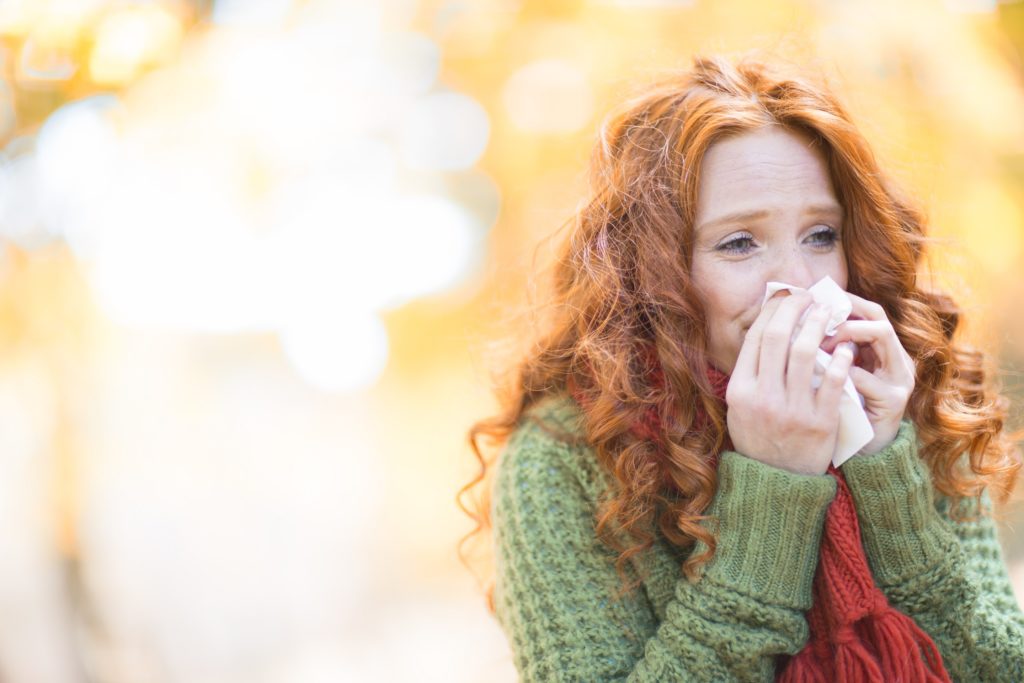
The disease course of acute sniffing
After a Person with the cold-causing virus has infected, it takes two to seven days incubation time until the first complaints show. Often an emerging disease is perceived to be feeling as the first signs. For example, fatigue, headaches, or General fatigue. Also a Burning sensation in the nasal cavity or throat pain, as well as a Wundgefühl in these regions are common the first signals. In the further course of the production of aqueous nose, is stimulated mucus, causing a running nose. However, it can occur a blockage of the nose, if the nose swelling of mucous membranes. Not infrequently, an inflammation of the nasal entrance area to the symptoms will join in later. After about a week the discomfort in the rule.
Concomitant diseases and complications
In the case of blockage of the nose due to the excessive nasal mucus production, bacteria in the nose to settle more, which is the risk of an additional bacterial infection of adjacent areas of the Body increases. Most often, a nose beside cave inflammation or a middle ear inflammation. In addition, the risk of bronchi, trachea, or larynx, inflammation increases.
When should you see a doctor?
In the case of an acute rhinitis without evidence of complications and no medical support is usually necessary. Other symptoms such as fever, as well as a strong head kick, however, and limb pain, should be consulted a doctor. In addition, it is advisable to see a doctor, if:
- a General strong feeling of illness is established,
- Pain on pressure over the frontal or maxillary sinus,
- complaints in the area of the teeth and of the periodontium show
- the pain when you are bending Over to increase
- the breathing is getting out of hand,
- a constant cough to the symptoms,
- one suffers more than four times a year,colds,
- the complaints persist for longer than two weeks,
- the nasal discharge is green or bloody,
- the nose as a result of a head injury begins to run,
- if you can’t sleep because of the discomfort, intense snoring or breathing interruptions (sleep apnea).
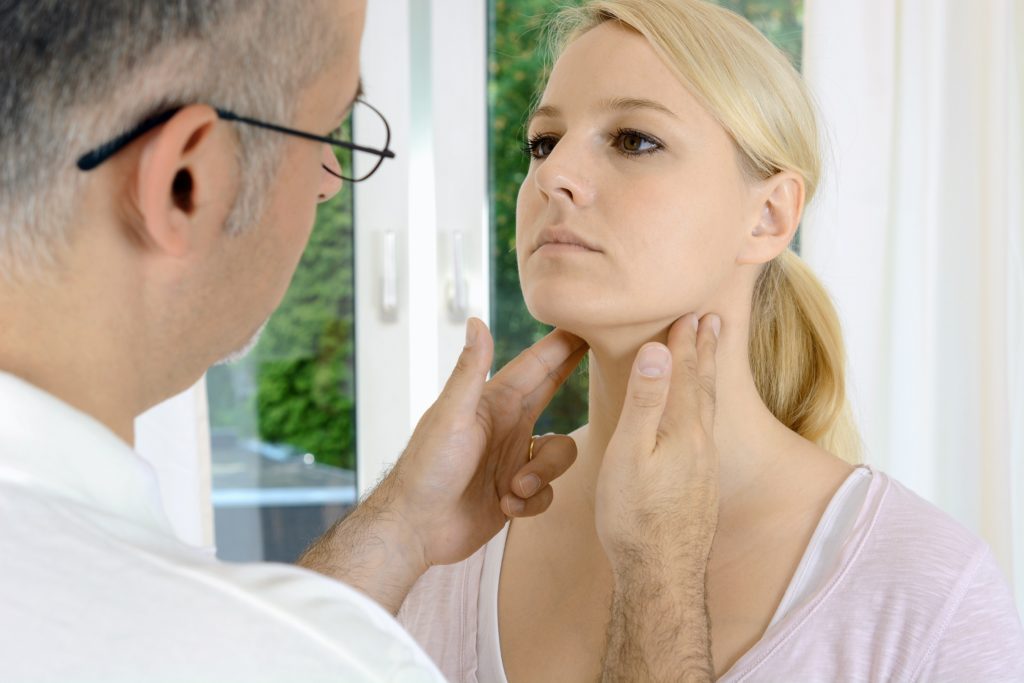
Limits of self-treatment
The Federal chamber of pharmacists recommends, the limits of self-treatment to comply with. According to the experts, these are Exceeded if:
- Excessive use of nasal spray,
- it is a chronic Rhinitis,
- there is a suspicion for an unexplained allergic cause,
- Patients under fever over 39 degrees Celsius, suffering,
- the nasal discharge is bloody or purulent,
- the involved sinuses and/or the Frontal sinuses,
- Ingredients suspected medication as a cause,
- Swelling of the face or pain occur.
Diagnosis: What is the doctor doing?
It comes to a visit to the doctor, so it is usually verified whether it is a viral or bacterial infection. For this purpose, the throat, the neck and the nose area is investigated. In some cases, a swab of the nose is taken up mucus, it is then checked in the laboratory on pathogen. Also, is circumscribed in a doctor-patient interview (anamnesis), whether it is an acute, chronic or allergic history. An allergic reaction is suspected as the cause, usually an Allergy examination, the so-called Prick Test. Chronic cases can be clarified using an endoscopy of the nose.
Rhinitis – Treatment
In acute viral infections are less, the cause is to be tackled, but rather the symptoms will be alleviated. For this purpose, a nose spray is often used, which makes the nasal mucous membrane swelling and the nasal breathing easier. Such Sprays should not be used longer than a week, since this is animated the nasal mucosa in the long term, to excessive swelling, resulting in the danger, to resort more and more frequently, decongestant drugs. In case of long use, damage to the nasal mucosa threatening skin such as drying or crust formation. In addition, it should much be drunk, the nose of secretions as possible to keep liquid. A bacterial infection is based on the Rhinitis, can be in severe cases an antibiotic is necessary.
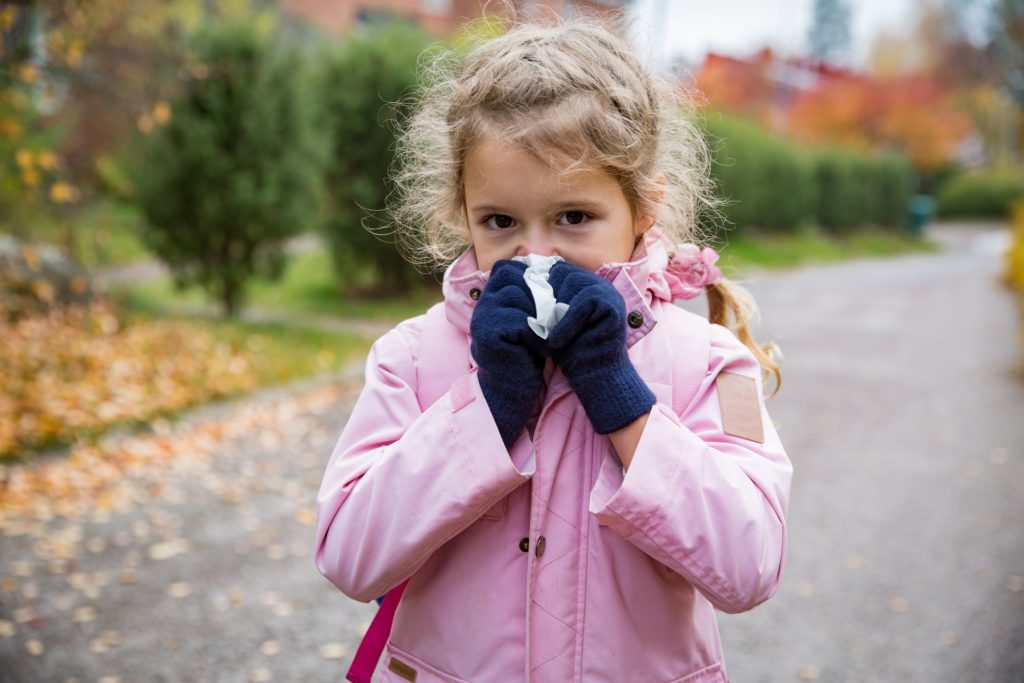
Treatment in children
As in the case of children, the immune system is not yet fully developed, Adolescents are significantly more likely to a runny nose than adults. In infants and small children must be taken to ensure that while the disease is an increased risk that the throat or the lungs are inflamed. If in the case of children between two and six years in the cooler months, a duration, a runny nose, and also tonsils enlarged pharyngeal (adenoids) for the recurrence of the disease. The nasal secretion is not only one side is present, and pus-mixed, in addition, a foreign body in the nose as a cause.
Runny nose in Natural medicine
In naturopathy, one to two colds a year in a healthy person, as a house-cleaning of the body is considered to be the secretion of mucus as a means of detoxification. Accordingly, do not come ideal oppressive, but the secretion flow of supportive treatment method. Furthermore, a variety of home remedies that can alleviate the discomfort exists. For example, have proven to be the Inhalation of chamomile vapor and red light treatments.
Prevention of colds
The own immune system offers the best protection against the cold pathogen. The low temperatures in autumn and Winter can weaken the immune system. Therefore, one should dress according to the weather. Too hot not to wear, but also because this makes the body more sensitive to the cold. This also applies for the showers. The water should not be hot and it should be strewn with occasional cold-water units. The Other strengths of walks in the fresh air in any weather, and regular visits to the sauna the immune system.
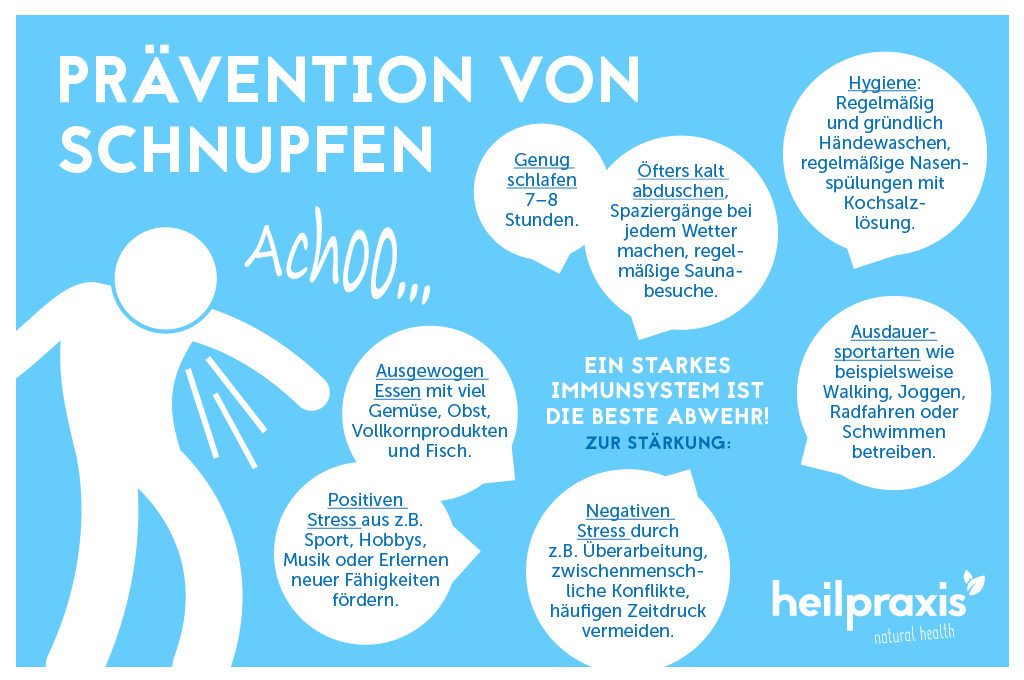
Rest is the best medicine
Lack of sleep increases susceptibility to colds. Those who sleep regularly seven to eight hours, give your body enough rest to put against the viruses and bacteria better. Likewise, the Psyche is in need of enough relaxation. Negative Stress, the pressure, for example, from Overwork, interpersonal conflicts, or constant time, can contribute to weaken the immune system, colds and flu (and other diseases). Positive Stress, for example, from Hobbies, music, sports or Learning new skills, however, can be beneficial for the immune system (for further information see: de-Stress made easy).
Healthy diet and exercise strengthen the immune system
Belongs to a strong immune system, a healthy and balanced diet that should include plenty of fruits, vegetables, whole grain products and fish, in order to supply the body with sufficient nutrients. The whole should be complemented with regular exercise, best with endurance sports such as Walking, Jogging, Cycling or Swimming.
Hygiene protects against pathogens
Also, hygienic measures can protect the body from germs. Often, the pathogens are first on the hands. Door handles, grab handles in Bus and rail, stair railing, and computer mice are just a few of the typical Places where you can catch fast germs. Therefore, it is important to wash regularly and thoroughly with the hands (see: Proper hand washing). In addition, nasal irrigation can reduce with a physiological saline solution, the risk of the disease because the germs are rinsed from the nose. Particularly useful such rinses are, for example, after one has been in larger crowds. (jvs; vb; updated on 11. December 2018)
Sources
- Internet appearance of the German professional Association of ear, nose and throat doctors – visited on 03. December 2018
- Guideline S2k “Rhinosinusitis” of the German society for ear, nose and throat medicine, head and neck surgery e. V. – Stand: 07. April 2017
- Work the help of “Information and counseling in the context of self-medication on the example of the Federal Union of German associations of Pharmacists (ABDA) – sniff” ; Stand: 23. November 2016
